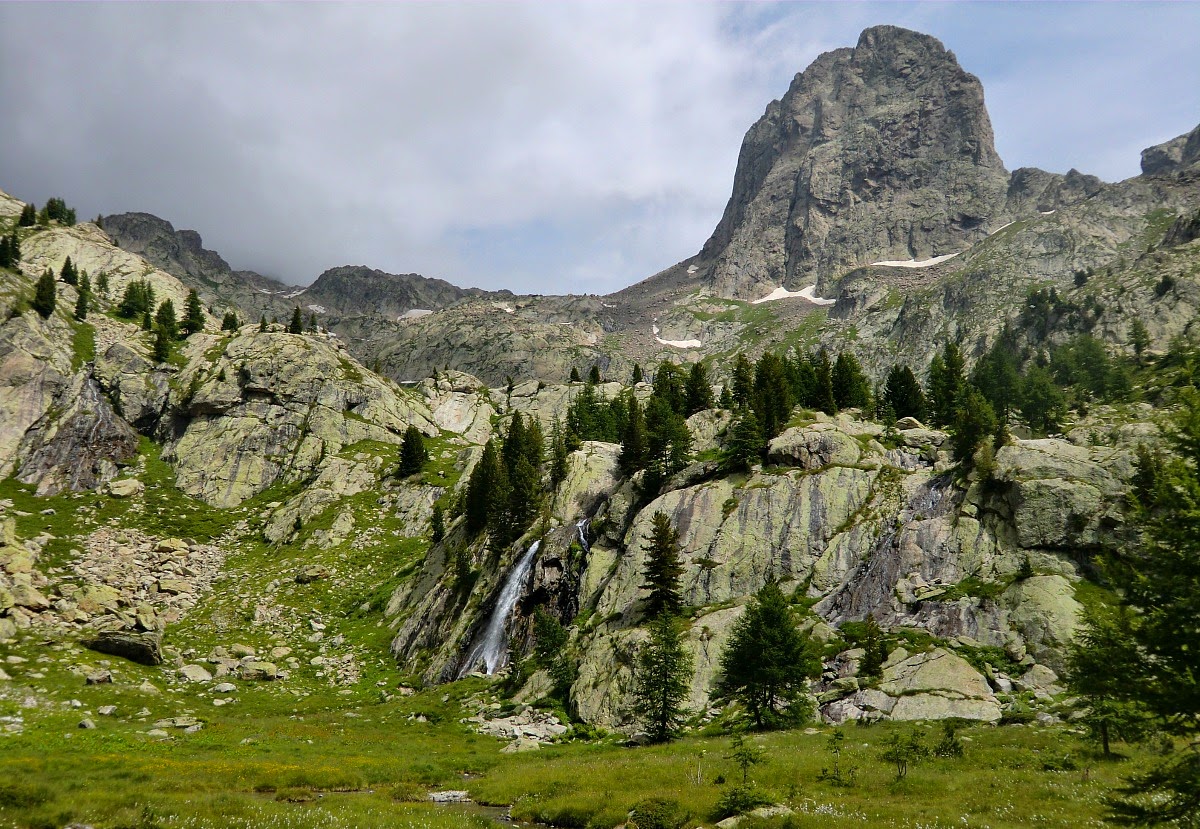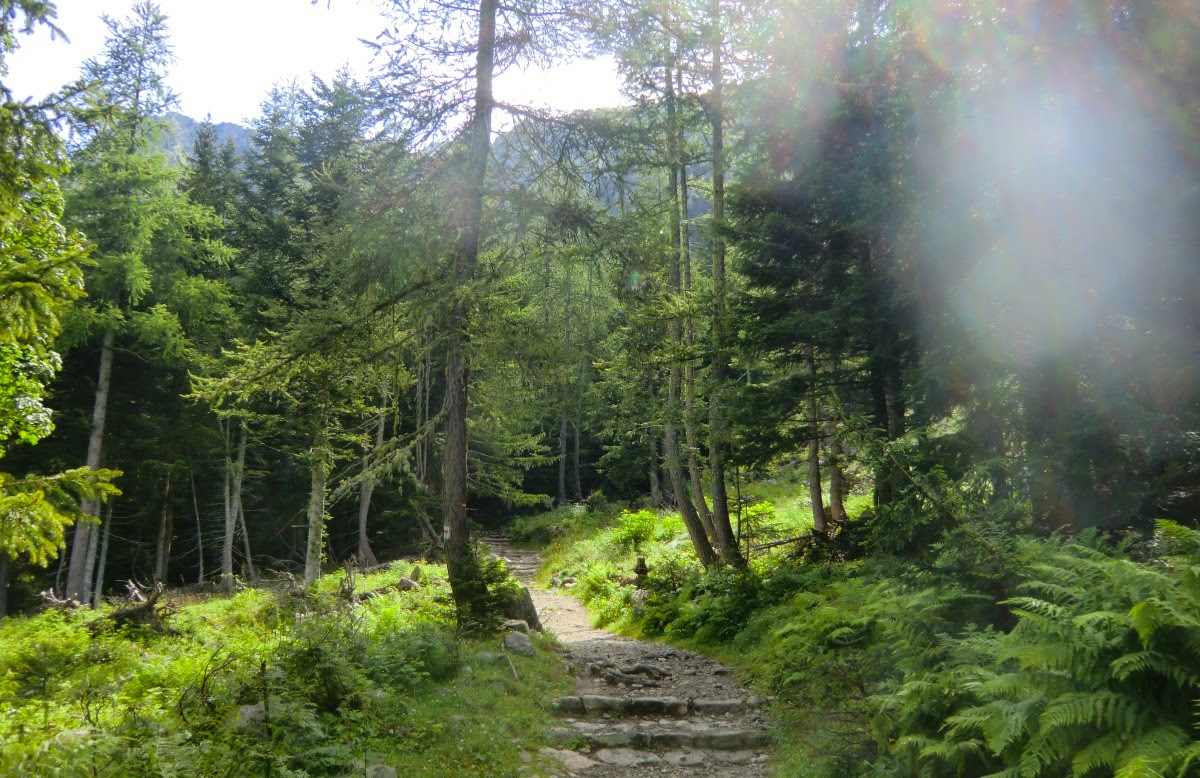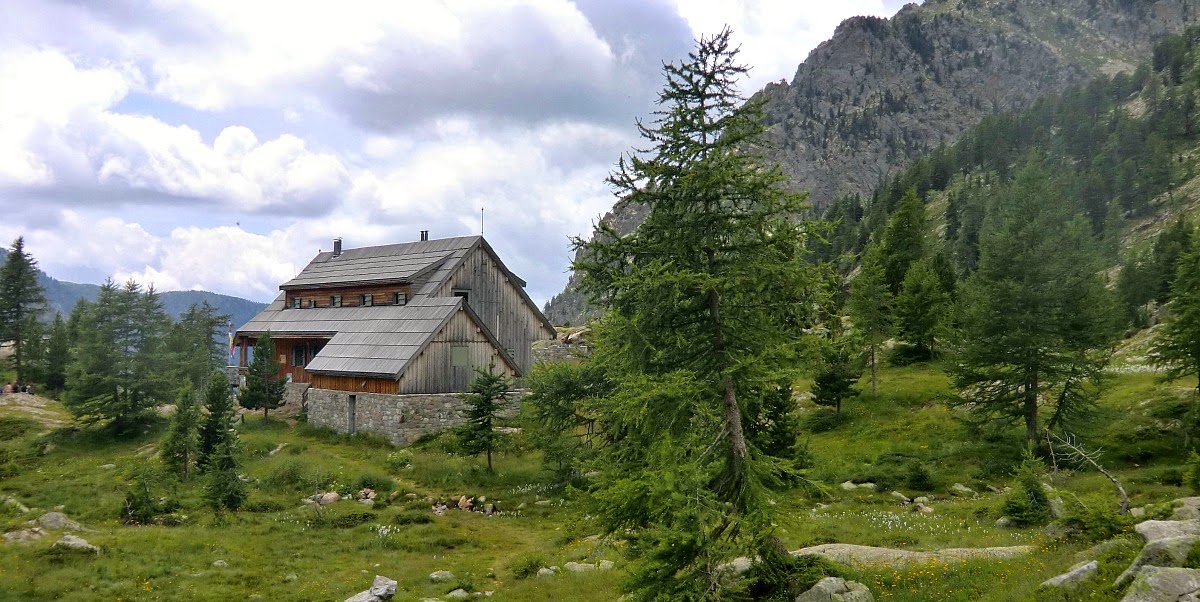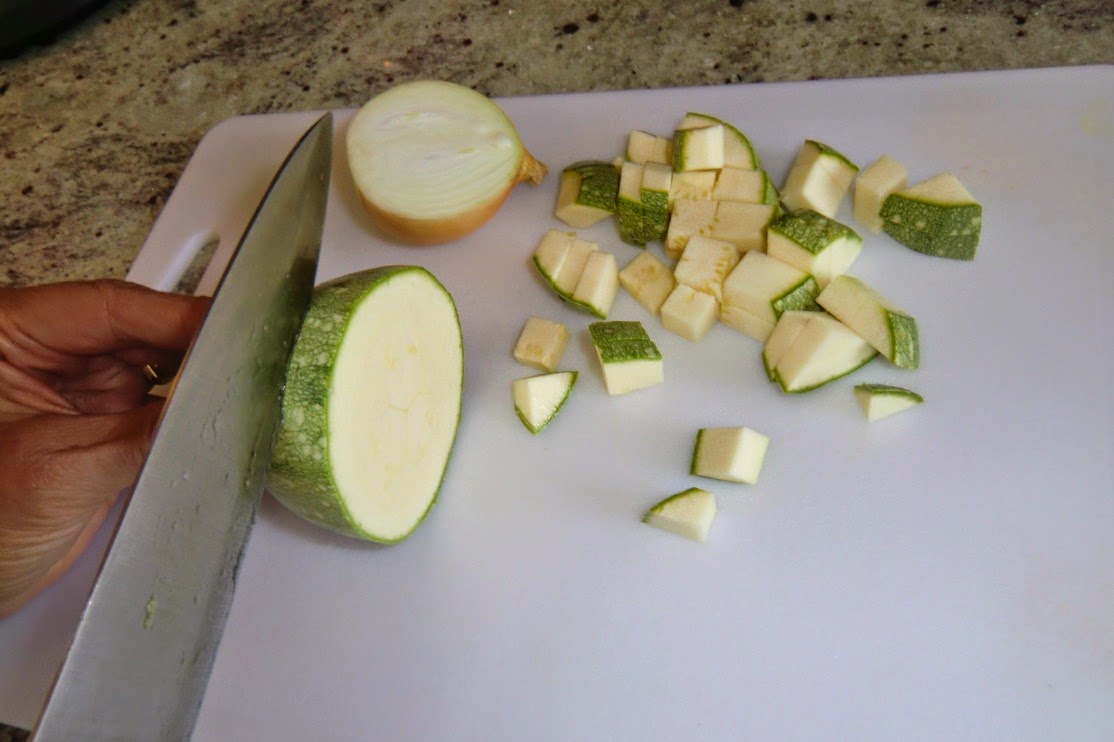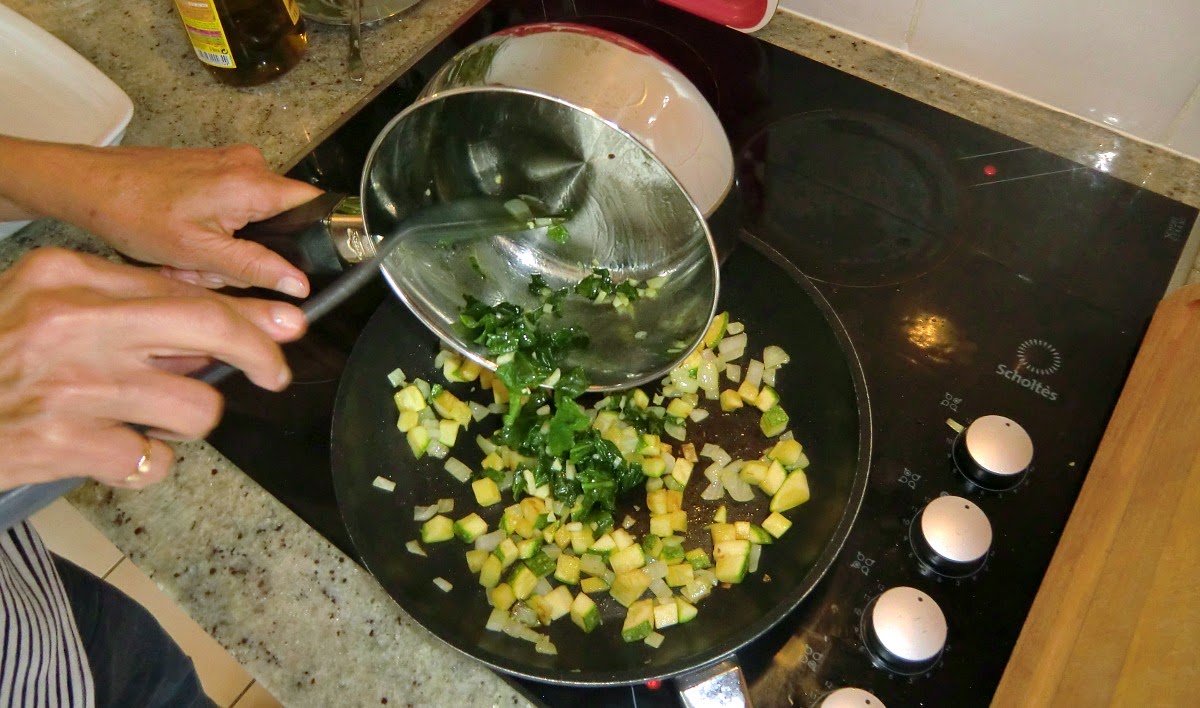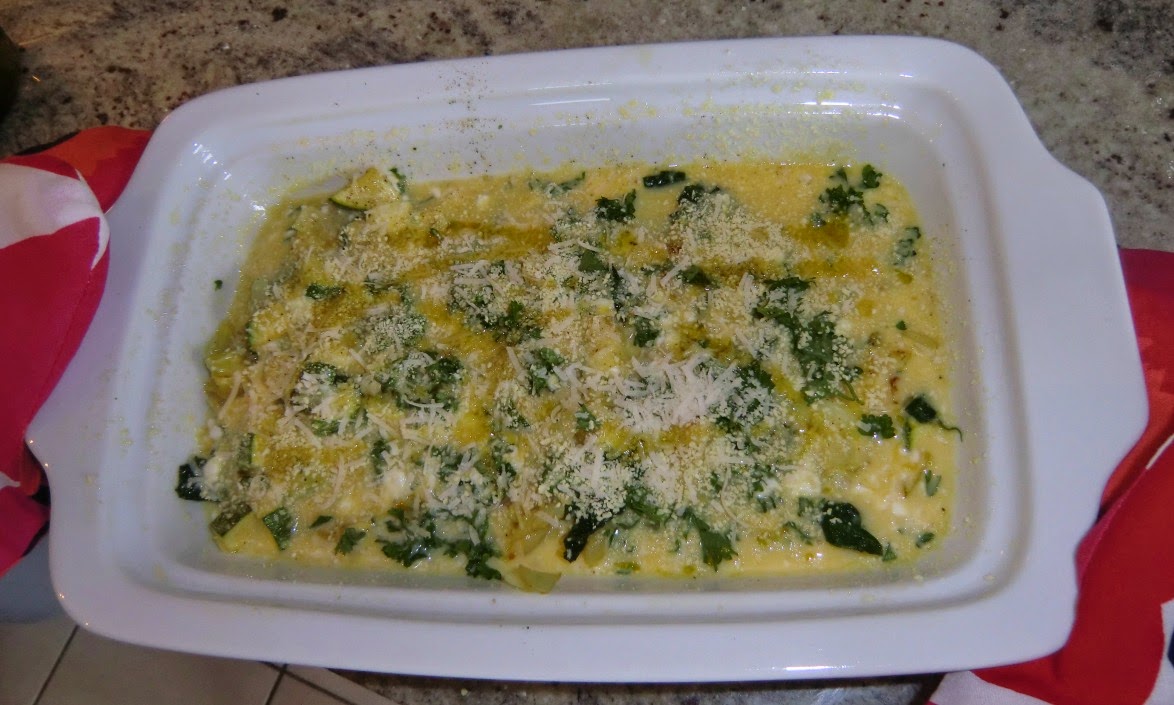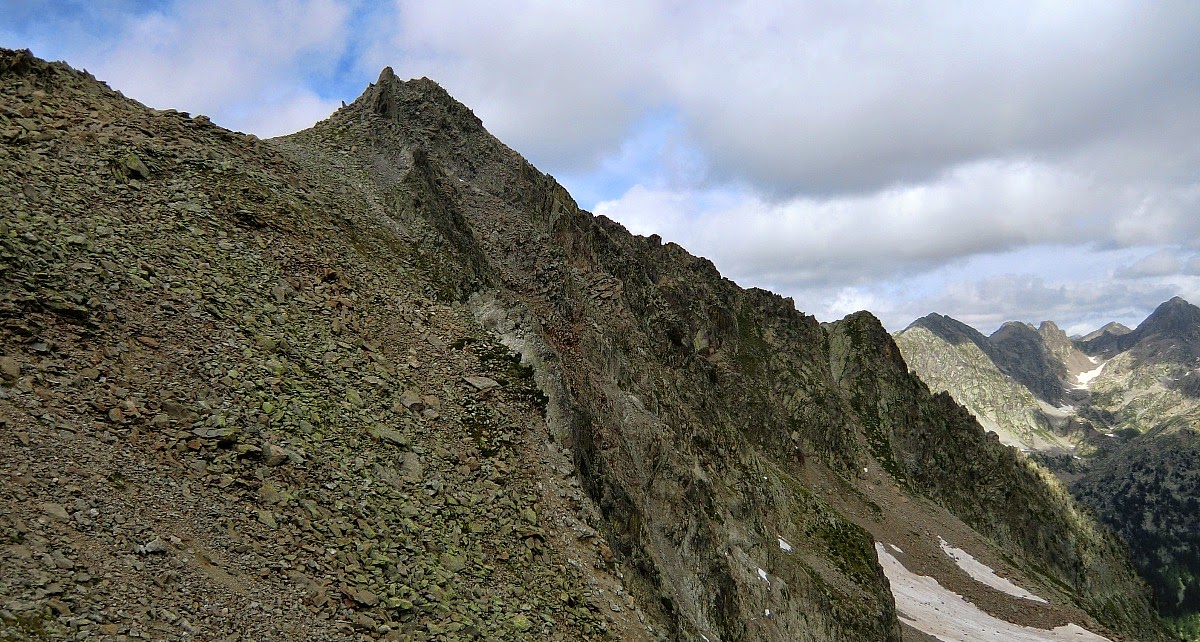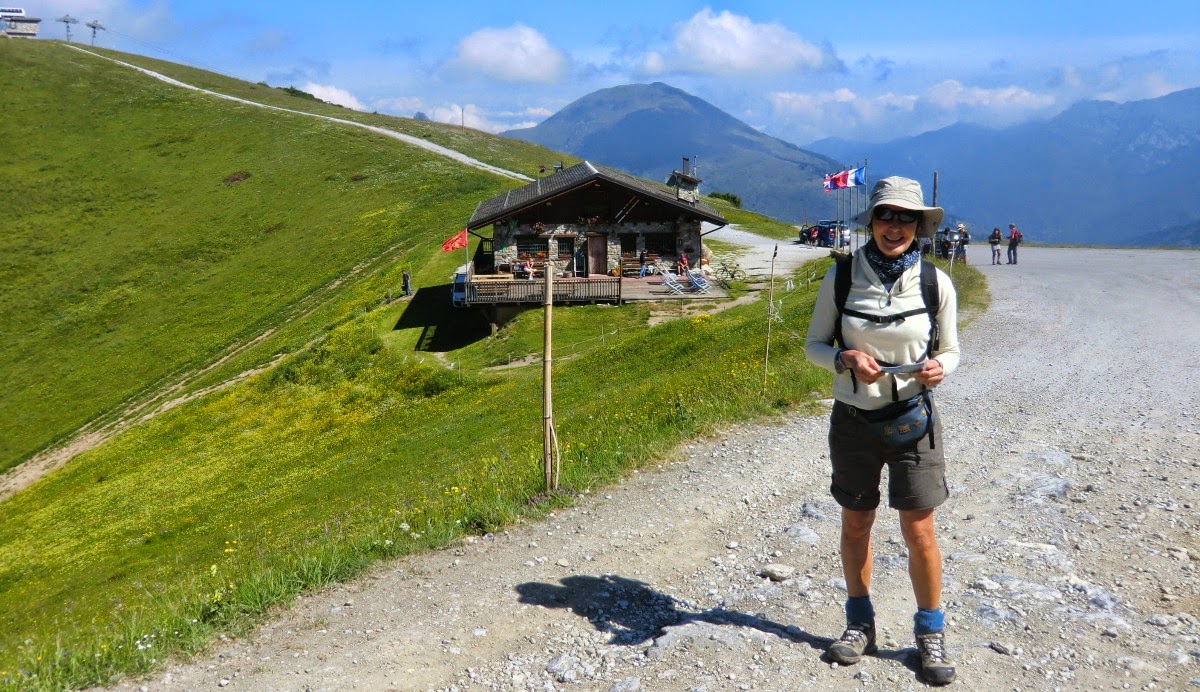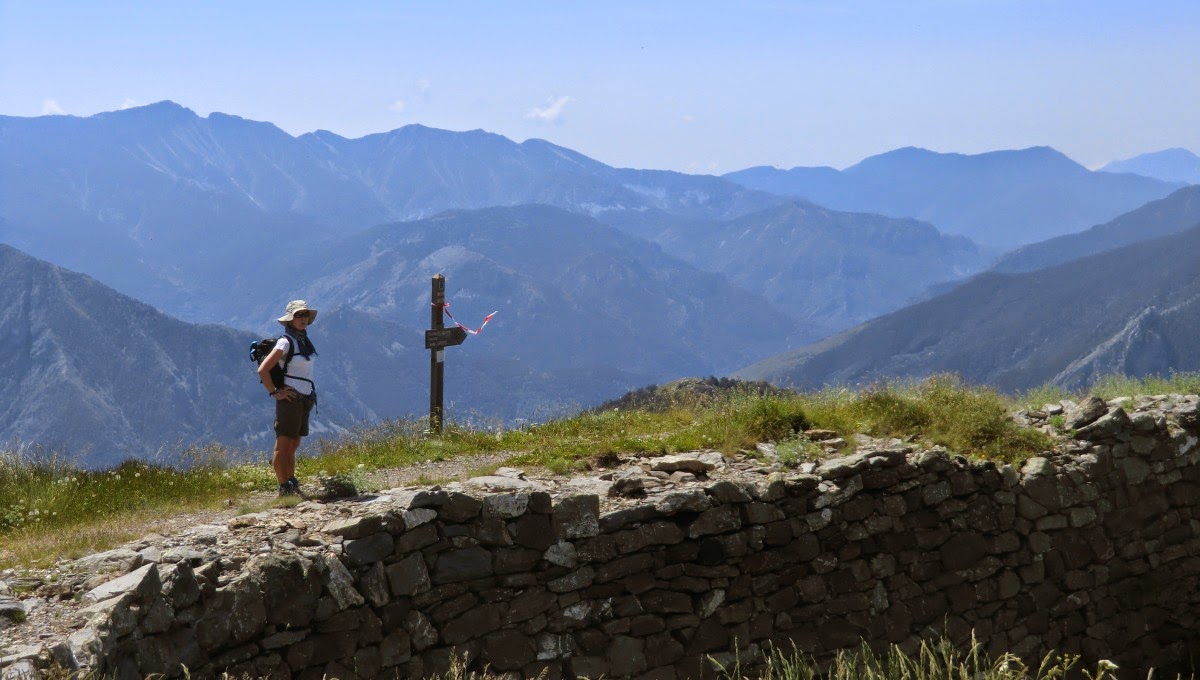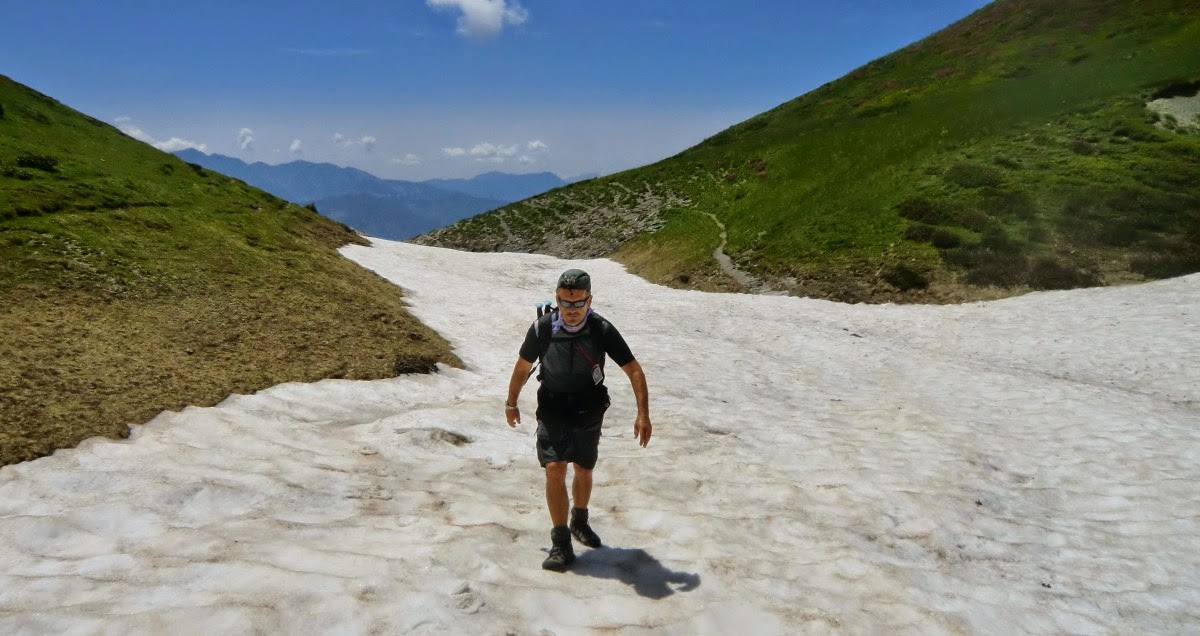Cime de la Valette de Prals hike

Madone de Fenestre (1903m, link in French) about 70 km from Nice and 13 km from the village of Saint-Martin-Vésubie is a super starting point for many hikes. Some of these are for all family members, some are demanding enough for experienced alpine hikers.
When we drove through Saint-Martin-Vesubie, the village was preparing for its annual L’Animal en fête in honour of the animals. The cows are groomed and decorated with flowers; there are agricultural demonstrations and cheese tasting. We drove further along a pretty good road and parked a few hundred meters before the sanctuary of Madone de Fenestre.
Our hike started from signpost 361, where there is limited parking. More space can be found near the sanctuary. We first ascended in the Prals Valley following the same path leading also to the lakes of Prals up to signpost 364 (2130 m). From there we took the path to the right and ascended to signpost 365 (2340 m). We again turned right, climbed to Baisse de Prals and further to Cime de la Valette de Prals (2496 m). The summit is marked by a cross, and offers a super panorama.
From the summit we followed the path on the long ridge (about 4 km) northwest, descended a little and turned north for a while. The trail then continued just under Cime du Pertus (2437m). We then passed Tete de la Lave (2360m) and continued west to signpost 297 and Baisse de Férisson (2254m) below Mont Lapassé (2351 m). Those with extra energy are welcome to climb all these nice little summits along the route!
From there we had a super view towards the Valley of Madone de Fenestre and Cime du Gélas. We then descended in a magnificent forest back to signpost 361.
Total hiking time: about 5 h-5 30. Driving time from Nice about 1 h 25.
Total ascent: 740 m
Map: Vallée de la Vésubie IGN 3741 OT. All the the signposts are marked in this map.










